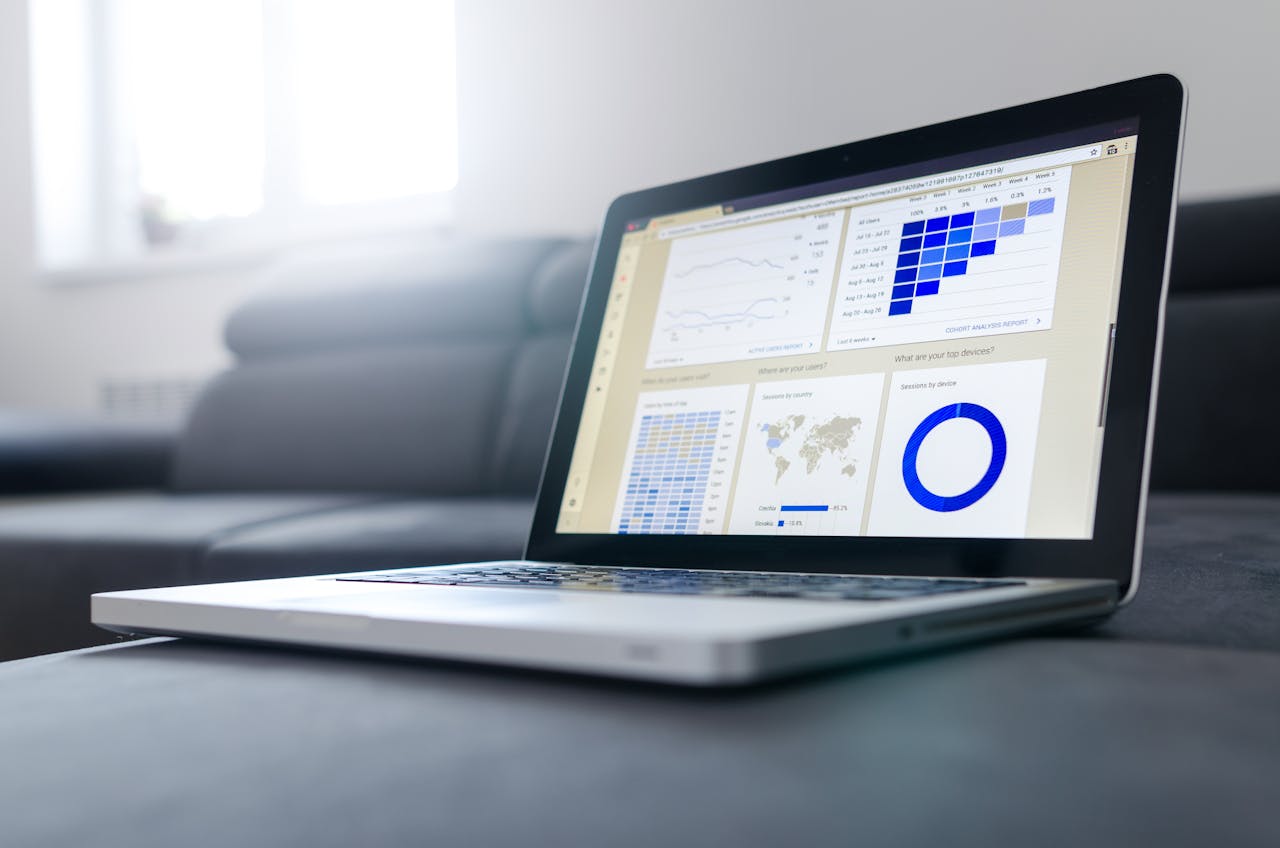Trends in Cybersecurity: Protect your company's data
April 15, 2024
Table of contents
Quick Access
Security is one of the most important aspects when developing a software project, especially when handling business data that usually has sensitive information, both from the internal team and from clients.
With new cybersecurity risks emerging every day, businesses must stay up-to-date on the latest trends in cybersecurity to protect their sensitive data. This article will discuss some of the most important cybersecurity trends that businesses should be aware of to safeguard their valuable information.
With a team of dedicated experts, we at Rootstack strive to ensure that businesses are armed with the right defenses to address today's cyber challenges, thereby ensuring the protection of their most valuable assets and data.

Benefits you get from having a good cybersecurity strategy
Before delving fully into what business cybersecurity trends are, it is important to know the benefits that the company can obtain by applying a strategy focused on protecting data and all internal software systems.
The following benefits can be summarized:
- Cybersecurity strategies help protect a company's confidential and sensitive information, thus avoiding possible leaks or malicious attacks.
- A strategy focused on avoiding security breaches helps maintain customer trust and a positive company reputation.
- In the long term, investing in cybersecurity can be more profitable than recovering from a security breach.
- Cybersecurity strategies help ensure business continuity even after a cyber attack.

Cybersecurity trends to protect business data
It is 2024, needless to say, it is the year of artificial intelligence and of course, it can be integrated into business cybersecurity strategies to strengthen them. Artificial intelligence and machine learning are becoming increasingly important in the field of cybersecurity.
These technologies allow systems to analyze large amounts of data and identify potential threats more quickly and accurately than traditional methods. By leveraging AI and machine learning, companies can improve their threat detection capabilities and respond to cyberattacks more efficiently.
Other trends are:
Multi-factor authentication
Multi-factor authentication (MFA) is a security process that requires users to provide two or more verification factors to gain access to a system or application. This additional layer of protection significantly reduces the risk of unauthorized access, as even if one factor is compromised, the attacker would still need another valid authentication method to gain entry. Enterprises should implement MFA across all their systems and applications to strengthen their security posture.
Identity and access management also come into play here. An effective implementation of this solution ensures that only authorized individuals can access your systems and data, significantly reducing the risks of security breaches.
At Rootstack we design policies that establish clear and secure rules for access to critical resources. We help select and implement the most appropriate solutions for your organization and then proceed to configure and customize the tools to meet the needs of the company.
Cloud and server security
The adoption of cloud services has grown rapidly among businesses as they offer scalability, flexibility, and cost savings. However, this shift to the cloud also introduces new security challenges.
Businesses must ensure their cloud environments are secure by implementing appropriate access controls, encryption, and monitoring to protect their data from potential threats.
Another point where good cybersecurity strategies should be applied is on servers, these are frequent targets of cyber attacks due to the valuable information they store and their continuous availability.
Server antimalware software is essential to detect and remove any type of malware, including viruses, ransomware, Trojans, and more, before they can compromise the stability of your system.
Internet of Things (IoT) Security
The Internet of Things (IoT) has revolutionized the way businesses operate, allowing them to collect and analyze data from various connected devices. However, this increased connectivity also presents new security risks. Companies should implement strong security measures for their IoT devices, including regular firmware updates.
Cybersecurity is constantly updated, adapting to the attacks and new viruses that appear every day. A company needs to have the latest cybersecurity technology and have a technology partner at its side to keep data and information protected.
We recommend you on video
Related Blogs


How to integrate UiPath RPA with a database

Magento Development Services for the Healthcare Industry
Best Practices for Hiring a Drupal Developer

5 steps of UiPath RPA implementation
